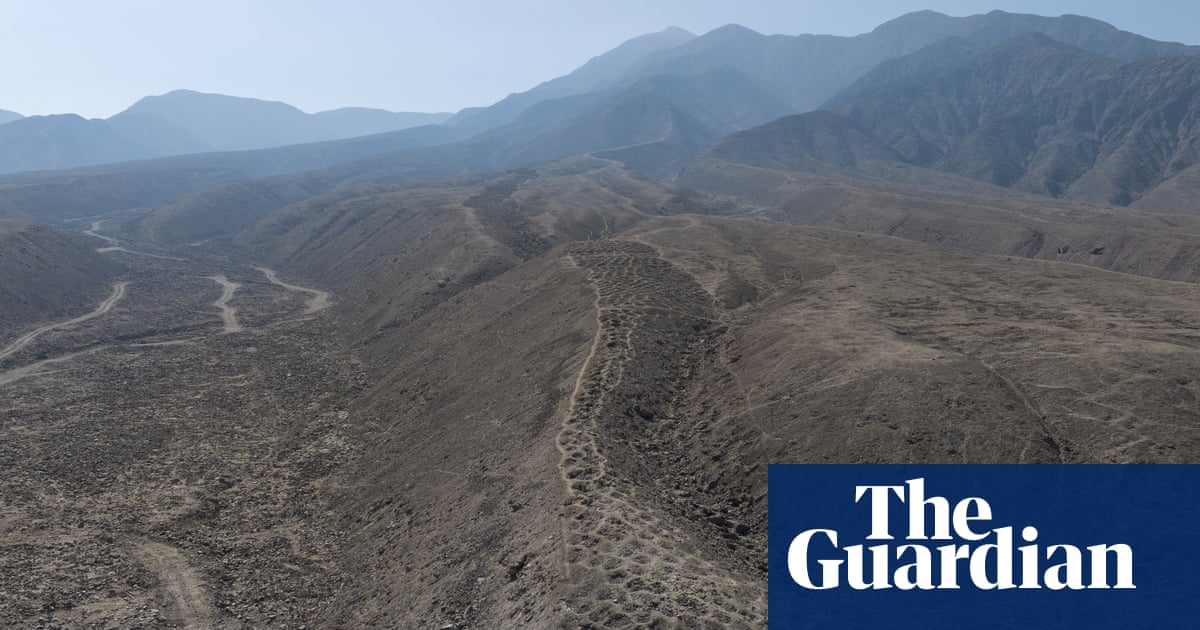
"A Florida archaeologist's decades-long persistence has helped solve one of Peru's most puzzling geographical conundrums: the origin and purpose of the so-called Band of Holes in the country's mountainous Pisco Valley. Charles Stanish, professor of archaeology at the University of South Florida, and an expert on Andean culture, spent years studying the more than 5,200 curious hillside shallow pits known to local residents as Monte Sierpe - serpent mountain."
"He surmised during numerous field trips since the 1980s that the holes were man-made indentations created during the pre-Inca period for a rudimentary market place, then adapted by Incan civilization into a sophisticated kind of accounting and storage system, likely for agriculture. Rival theories abounded from the sensible to the bizarre. Some analysts opined the holes might be an intricate network of water storage tanks;"
Charles Stanish and Jacob Bongers investigated more than 5,200 shallow hillside pits called Monte Sierpe in Peru's Pisco Valley, recorded by local residents. Stanish interpreted the pits as man-made indentations originating in the pre-Inca period as a rudimentary marketplace later adapted by the Inca into an agricultural accounting and storage system. Competing explanations ranged from water-storage tanks to extraterrestrial origins. Recent comprehensive aerial mapping with drones produced high-resolution imagery showing segmented, mathematically structured rows that mirror khipus, the Inca's knotted-string recordkeeping devices. The holes measure about 3 to 6.5 feet wide, and surface mapping is hampered by permanent haze and scarce artifacts.
Read at www.theguardian.com
Unable to calculate read time
Collection
[
|
...
]